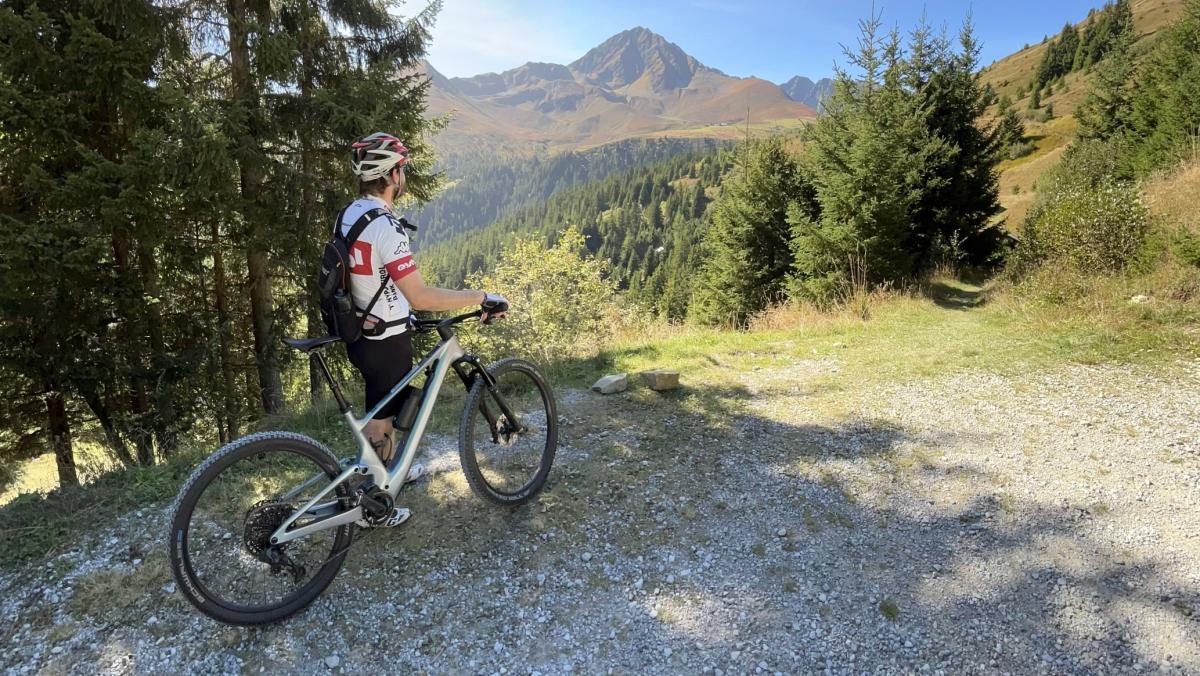At Eurobike 2023, the Scott Lumen eRIDE 900 SL was the only sportbike to win a grand prize, and the brief justification says it will define the future of the mountain bike category (not just the electric assist segment)...
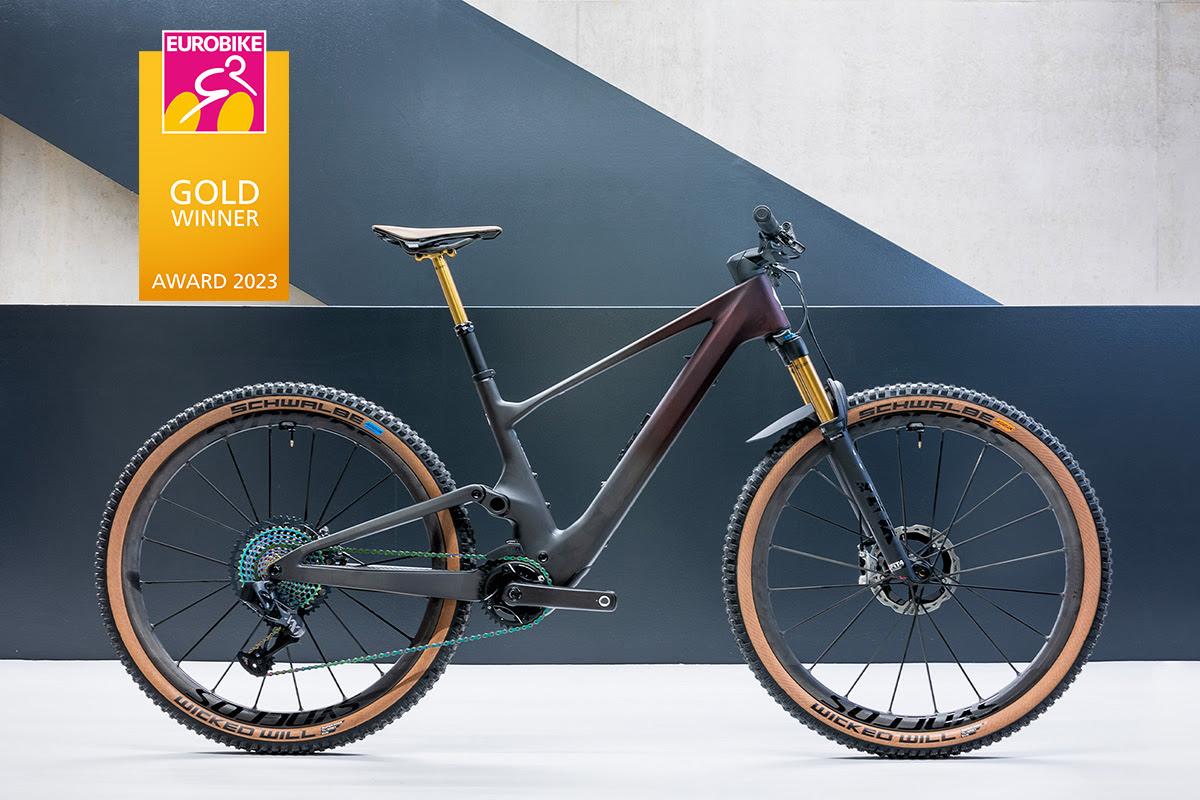
The Scott Lumen:
The Lumen is based on the legendary Scott Spark, also the "trailier" version of the longer travel (130 mm), with of course an integrated strut inside the frame. Unsurprisingly, the rest of the cables run inside the frame, and the SRAM Eagle AXS wifi-equipped derailleur is missing. Despite the complete integration, the TQ HPR50 pedelec system still manages to 'squeeze' the bike into a space, so that from a distance you might not even notice that you're dealing with an electric-assisted Spark. Incidentally, the Scott Lumen 900 SL version weighs 15.5 kilograms, and Dangerholm, in his famous tuning workshop, has brought the weight down to under 13 kg.
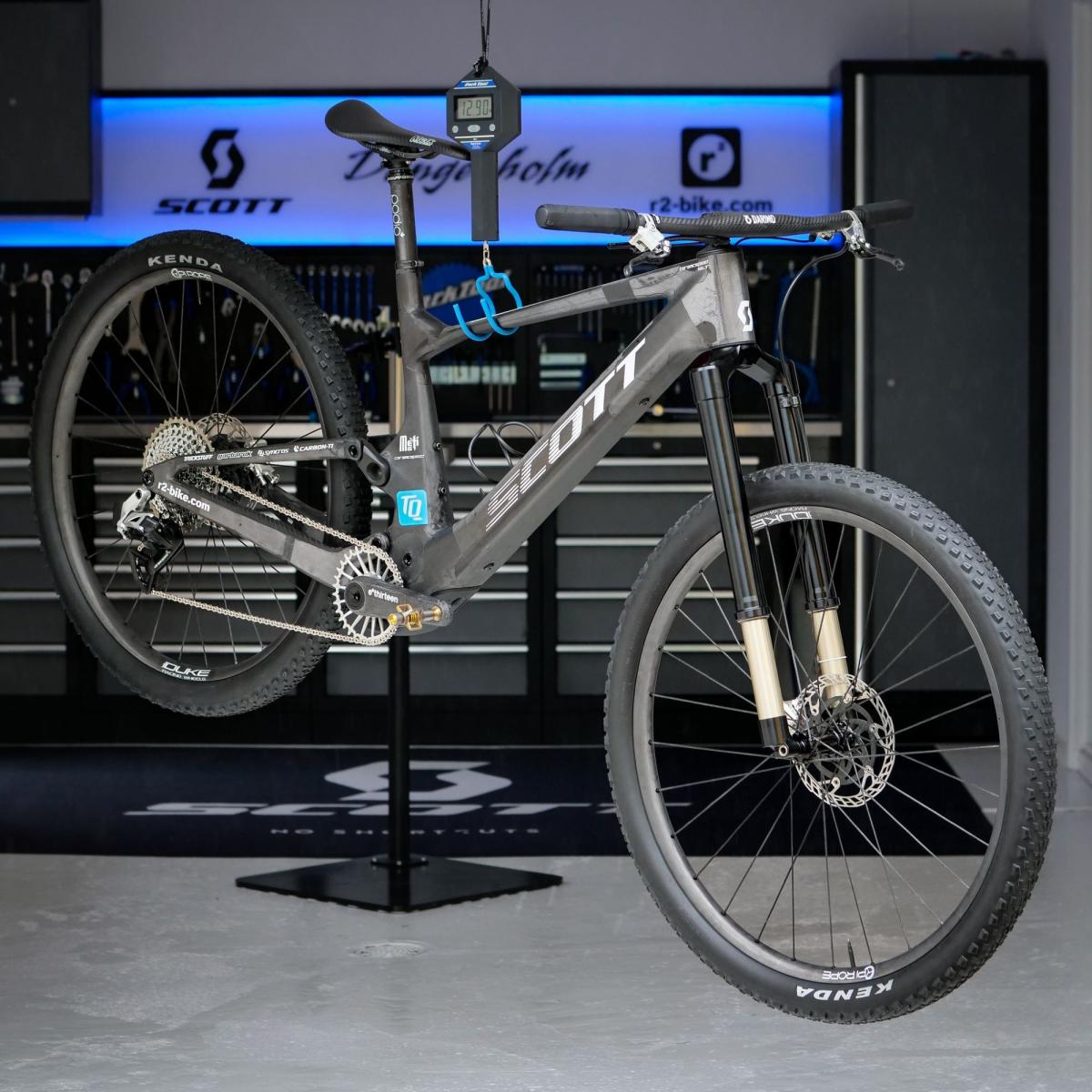
The concept behind the Scott Lumen is to give you the feel of a traditional bike, without the bulk, without the need for longer braking distances and even without the need for a brake. In fact, "SL" e-bikes are closer to traditional bikes in the eyes of the user than to classic pedelecs. The Lumen meets the expectations of the trailhead.hu test, here you can read more about the specifications of the 910 version, the bike and the components in action, from Jani Vizdák. In the last few weeks we've also been teasing this - now we can officially say it - epoch-making bike inside the K2 Bike Shop. It was a lasting experience, yes, it behaves like an amazingly good traditional trail bike. Yes or no, it doesn't feel like you're riding an e-bike downhill or uphill. But what impressed us more than anything was the engine tuning. We'd like to write about this in more detail in a subjective test below.
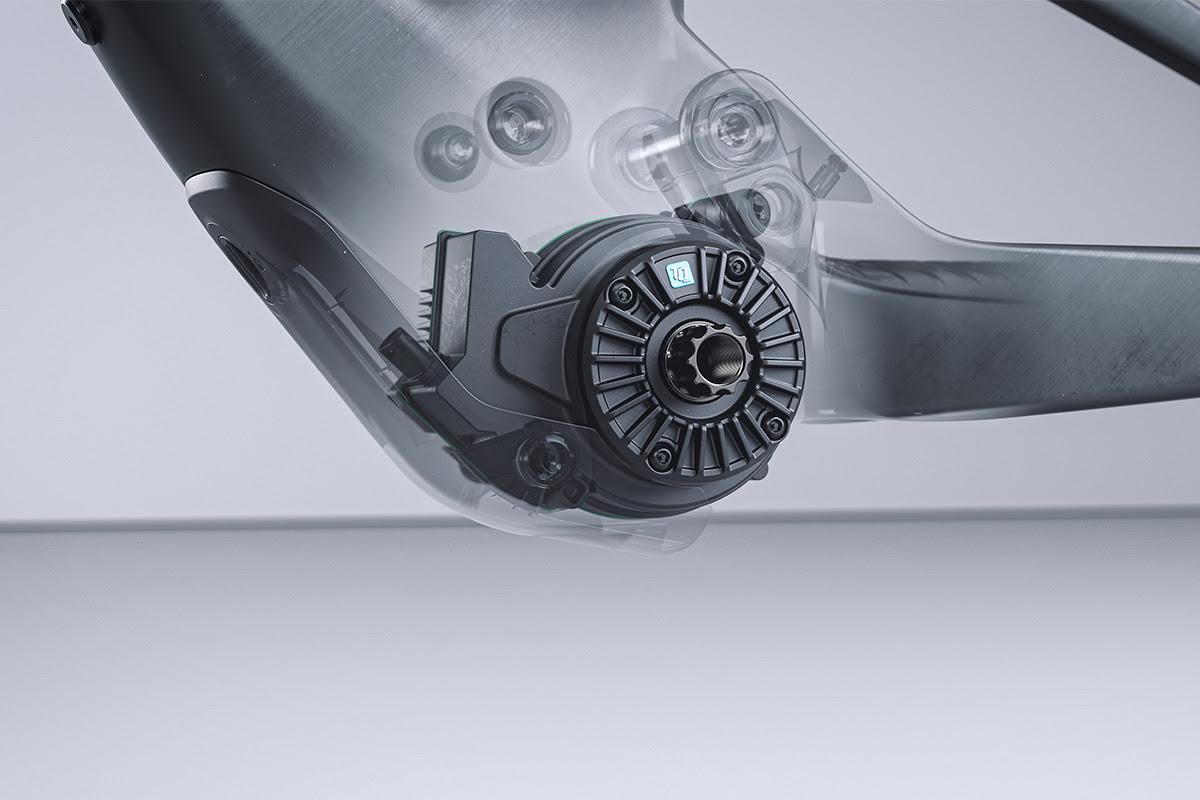
The TQ system really is a step up in the world of pedelec , the first time we have managed to personalise the assistance in a way that really "fools you". This requires a machine that is very light, very quiet, and that has sensors and software settings that can create a harmony with the bike that gives the user not just superpower, but imperceptible superpower. By experiencing this phenomenon, we will also involuntarily strive to use as little ramping as possible, which obviously means different things to different people. The TQ HPR50 system is nothing special by the numbers. It's capable of 50 Nm of torque, which is well below the figures we're used to seeing on "big e-bikes". The 360 Wh battery is just half the capacity of an e-bike battery for something today (it can be boosted with a +160 Wh spare battery in the keychain). Yet - as is usual with really good bikes, motorcycles and cars - it is impressive not in its parameters but in its operation. The possibility of fine-tuning is nothing new in the latest pedelec systems, yet somehow it works better here than in any of the competition, even though we have tried the latest generations of Bosch, Shimano and other manufacturers, or even Turbo Levos.
With the TQ App engine tuning, which can be downloaded to your phone, you can set three values in three modes (eco, mid, high). The maximum gain ranges from 30 to 300 watts, and the maximum gain relative to your own effort from 25 to 200%. Or the pedal response, how suddenly or slowly the motor starts to pull, on the same tortoise-and-turtle scale used for fork damping. The Lumen will most likely be the bike of choice for sporty cyclists, and they will certainly spend most of their time fine-tuning the eco mode. Back to the title, perhaps this fine-tuning is one of the things that makes the Scott Lumen the best e-mountain bike on the market today.
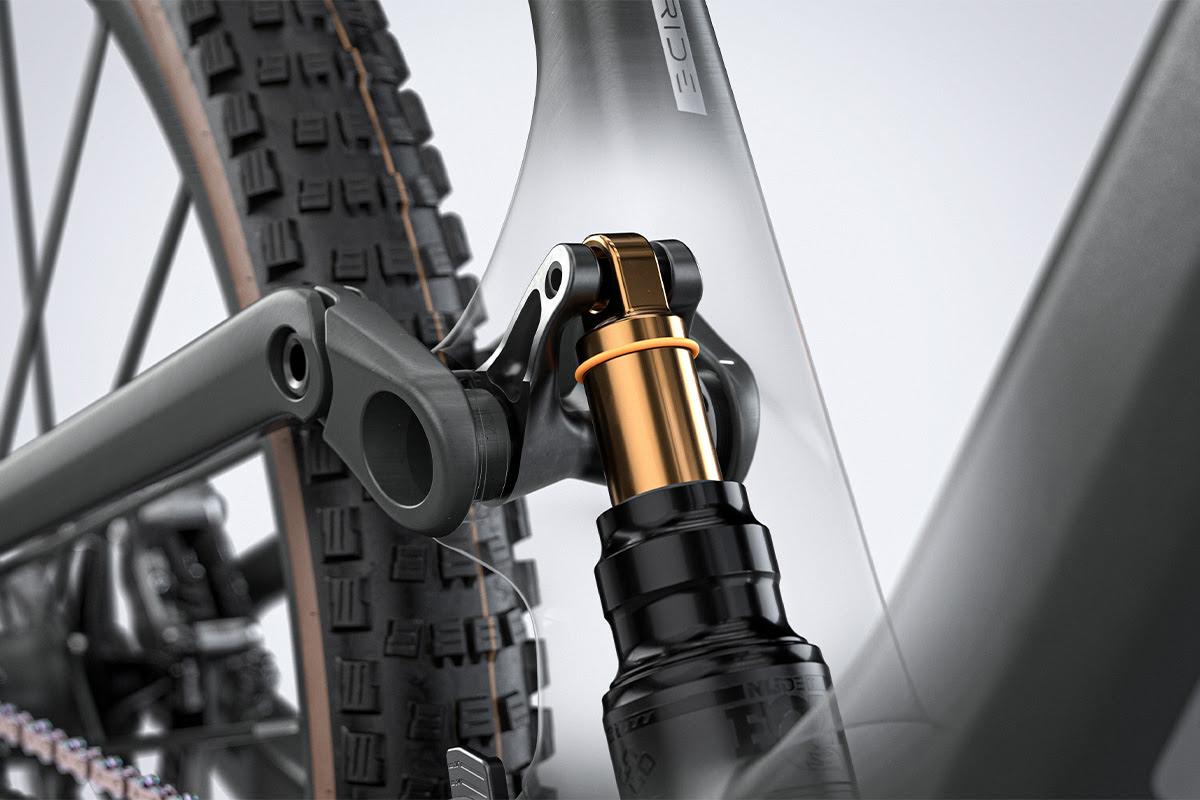
The subjective test:
The author of the article is not very young (45), but still a cyclist in good shape for his age, with a 300 plus FTP and a body weight between 75-80 kg. He has used a wide range of e-bikes in his working life, but has only ever bought a riderless bike for his own pleasure. He cycles both on and off road, and can make use of the 150 mm all-wheel drive bikes for bike handling. (The larger spring-assisted bikes tend to be more of a hindrance with their weight and geometry designed for steeper gradients and speeds. ) That's why the 130 mm front/rear full is so welcome, as it gives you the chance to ride a real "animal" bike when topped up with ballooned, heavy off-road tyres and thanks to the Spark's suspension (which feels like it has more travel). Testing the Lumen, the focus is obviously on the real mountain biking, but it wouldn't hurt to have a better feeling on the uphill kilometres...
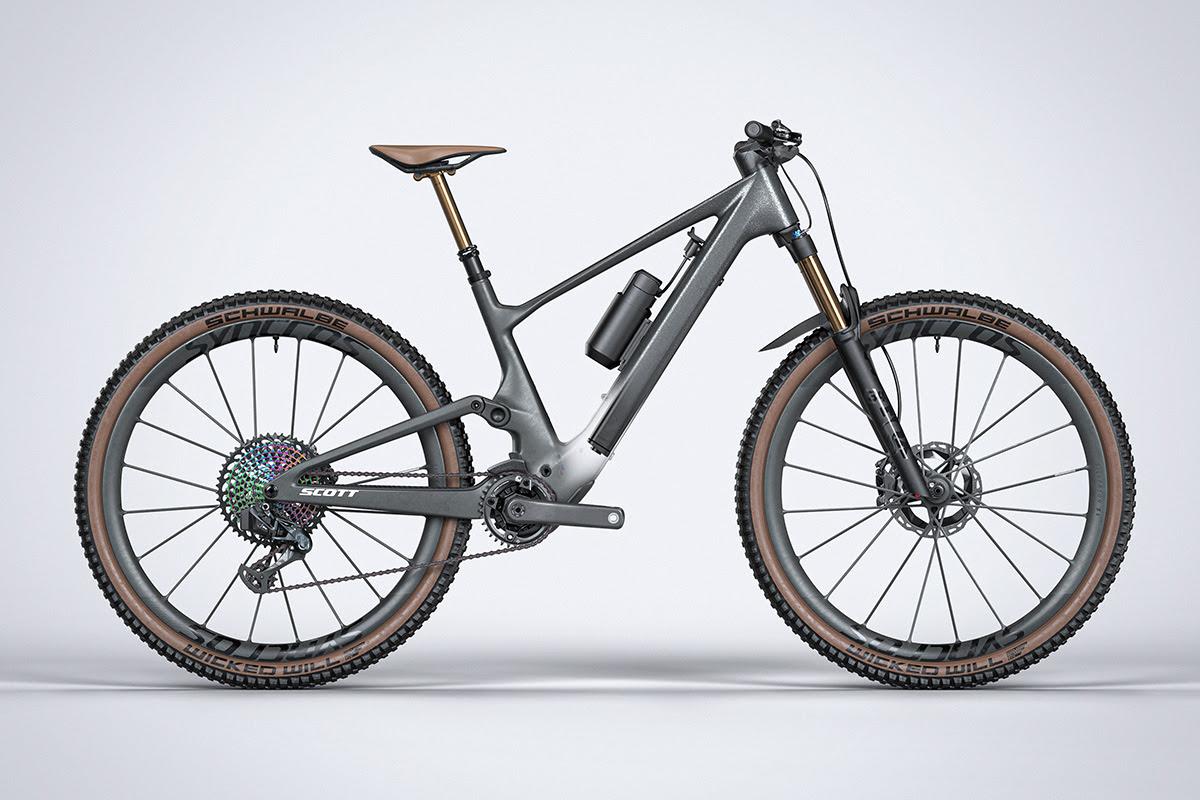
Basically, I like to ride uphill in the terrain, which is why I aim for low weight on my own mountain bikes. If the Lumen felt like a lightweight hardtail on the uphill, I'd be happy. Obviously, if I go a little faster, I'm not sad about it. With this in mind, I started to fine-tune the eco mode. It soon became clear that the most important slider is not the maximum power in watts, but how much extra power you get from the engine compared to your own effort. I started a little higher, but ended up with 33%, while pulling the effective max boost down to 80 watts. Pedal response in the middle position is good for about everything too.
With the above settings it is very easy to describe the feeling: no feeling because I can't feel (or hear) the engine. I just feel that I'm going uphill normally, if I push it, it's going faster and faster just as I'm pushing it. I don't feel for a moment that I'm being helped by an engine. I'm able to "zone out", put in a lot of effort, just enjoy riding uphill like I do with the fixed tail. The geometry of the trails is not even distracting at this point. Oh, and I notice one case of ramping down when I turn it off.
It's worth taking some time to look at this in numbers. You can also track the numbers on TQ's own display, or on your phone or compatible computer. The display shows, along with other data, how many watts we're currently using and how many watts the engine is adding. On asphalt and flat roads, there's nothing to talk about, because I'm doing just around 25 km/h, above 120-140 watts of input, which is a comfortable city pace. Even though the eco mode is on, the 25 km/h limitation means that it only kicks in when starting off and on overpasses. Even then, it is only barely noticeable (for example, setting the max boost to 100 watts and 50% of my own effort is a noticeable drag). On terrain and flats, the engine does work a bit, as my own pace would be below 25 km/h due to the higher resistance.
Next comes the uphill climb. Instinctively, we put more energy into the ride, but it feels good. For me, this comfortable but more advanced pace is around 200 watts, with that setting pretty much matching my own effort throughout. Around 200 watts, it's 60-70 watts, but considering the heavier Lumen and the higher rolling resistance compared to a normal bike, it feels like it's not there. At 250 watts, I get 80 watts (which I set on the max gain slider), and that's as high as the bike goes. Above 300 watts I'm just doing my own effort. And even though I'm riding the smaller powerclimbs with up to 4-500 watts, the assistance is really only enough to compensate for the heavier bike.
What's the difference between a bike ride like this and, say, a normal Spark? I don't want to generalise, I'll give my own version: with the Lumen I'm in the mood to climb even the fourth longest climb, but not with the Spark. I had just reached the level of fatigue that I preferred to go home. I'm not training for anything, I just want to have fun in the saddle. With the Lumen, I was up to my ears on the fourth climb, and I kept the zones the same throughout the whole ride. I just cycled 20% more at the end and burned about the same amount of calories. Did I fool myself? There is a philosophy that says you can prove that you did. So? First of all, it may not be a bad thing to fool yourself. Secondly, no one can argue that I exercised more in a similar capacity and felt better.
Why did I feel more comfortable with Sum than with my regular bike? Because of the slopes. For me, the Lumen as it is (910 trim level) is a flying carpet. I wouldn't want to go down technical elements that I can't go down in relative safety with it. Everywhere else, I have perfect control, I feel that the bike would help me to solve even my possible mistakes. Which can't be said for my hardtail, for example, or an average XC-fully... In other words, riding a bike as a whole is great fun and serious sport. And there is no "DE". Well, well, there is a "DE", the price of the Lumen, but that's my individual social problem... And let's add something to the pricing in defence of the Lumen: Nobody can show me an analogue all-rounder for which I would rather spend three million forints today than the Lumen.
What is a 360 Wh battery good for? For me, it does everything at home. Off-road I can do about 50-70 km (max 3 hours), with altitudes between 1-2000 meters. Even at the upper end of this range, I still have more than a third of the power left in the battery, so I tried the modes tuned for more powerful boosting (I used the medium setting for an average eco, but I didn't limit the watts on the turbo.) I didn't feel like going that long, but at 3000 rpm in a 100 mph terrain it was smoothly in economy, and by economy I mean that the fine-tuned eco was on all the time.
The future?
We at the K2 Shop would not be surprised if in a few years - if our financial situation allows it - more of us would be paving the Buda paths with Lumen... What is the future in technical terms? The TQ system already communicates with other platforms, phones, computers, we can display and analyse data. As well as becoming more refined, the next step is automation, which Shimano has already taken, with the electric XT designed for e-mountain bikes, which allows automatic shifting. Obviously, this can later be coordinated with training planning, heart rate zones and other subtleties. It will even be possible to combine it with route planning in principle. Obviously, there is always gram carving and battery range increasing. Dangerholm's aforementioned 'tuning Lumen' already weighs 12.9kg, making it the lightest e-mountain bike in the world. We are curious to see what will be achieved from the above in the next 2-5-10 years. But what the Lumen has proven is that a bike is not good just because it can do this or that on paper. It is "how" it knows.

